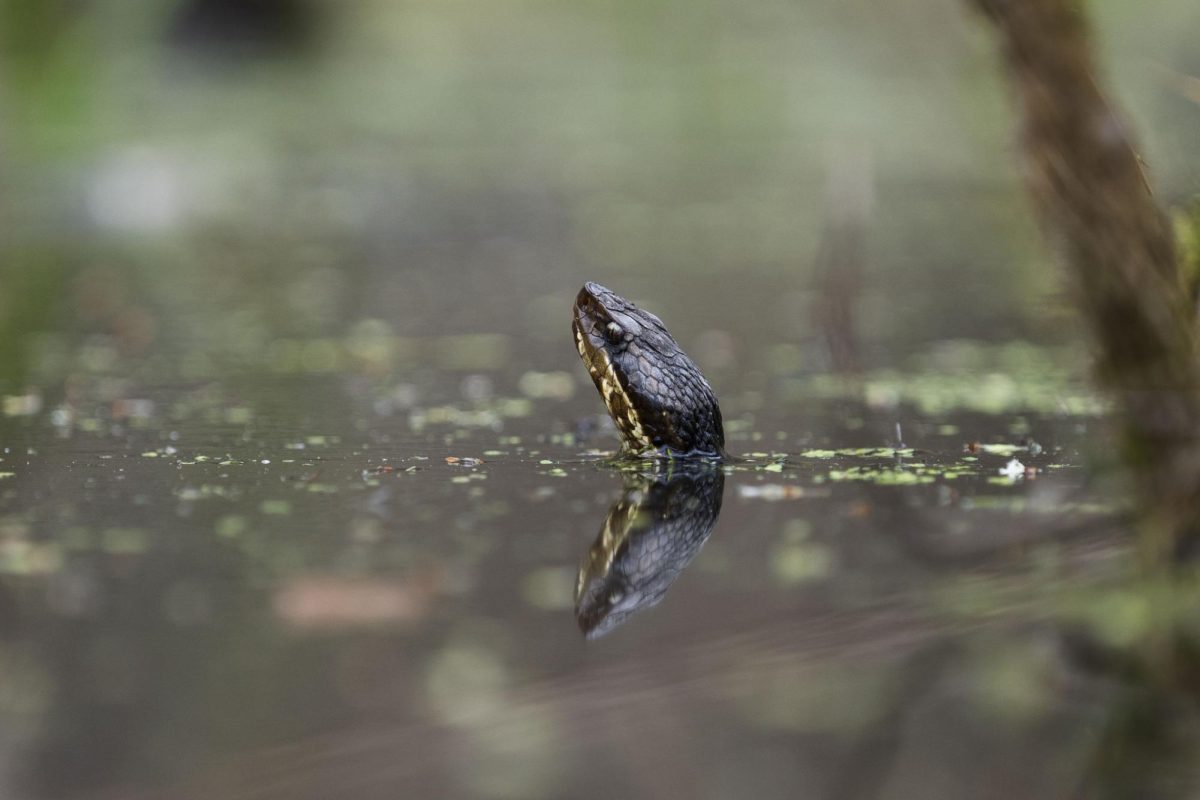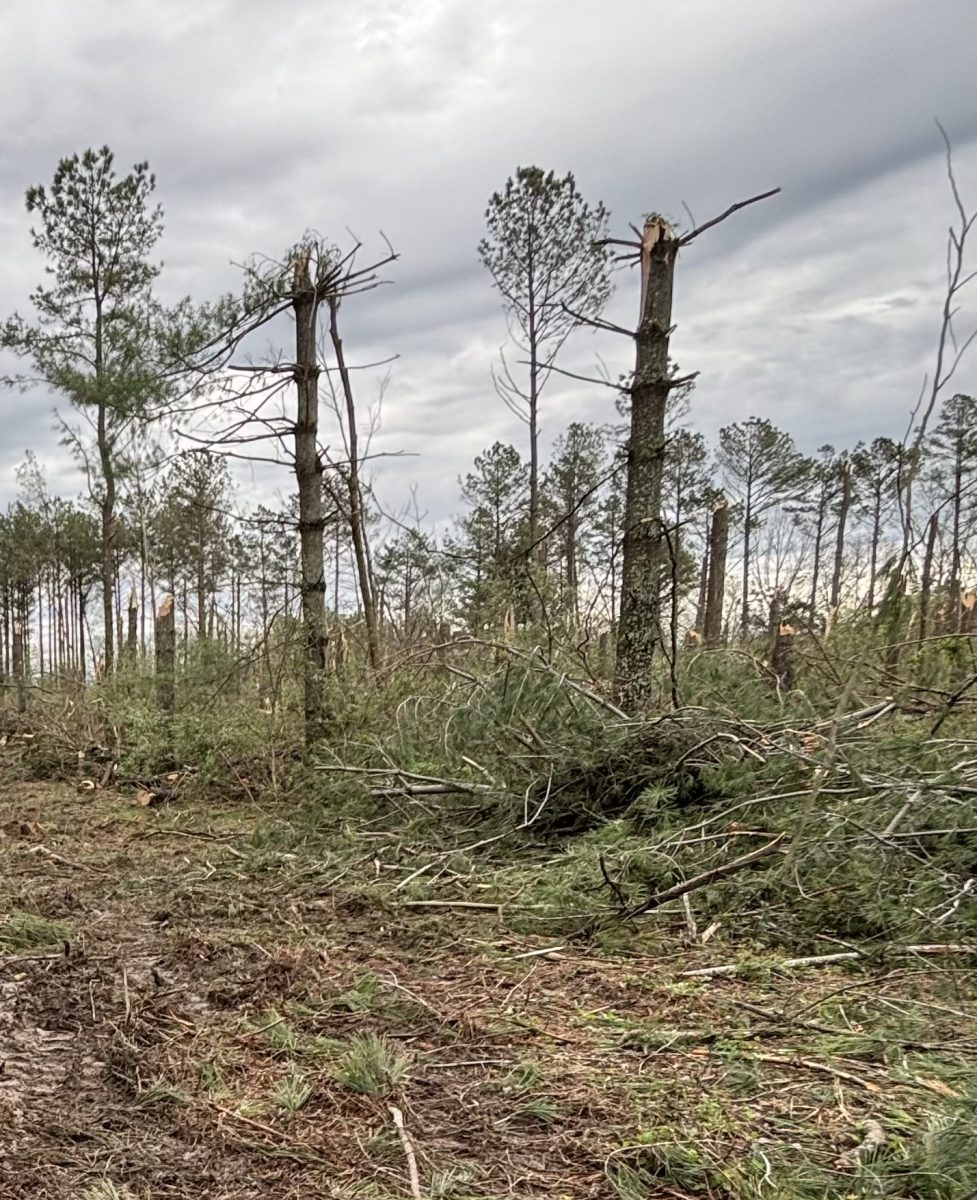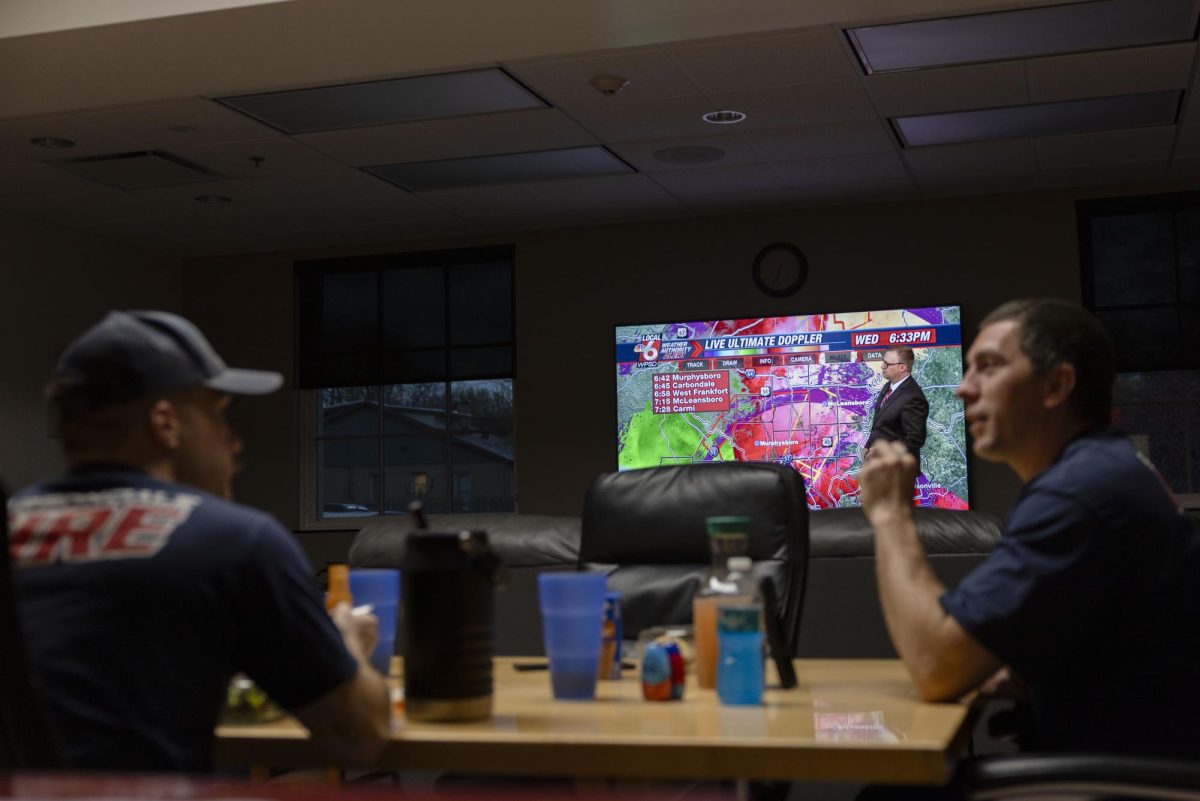Pert near sandstone revives old-time music
February 22, 2012
Old-time music will be alive and kicking tonight in Carbondale as Minneapolis-based string band Pert Near Sandstone takes the stage at Hangar 9. The band, consisting of five guys and plenty of banjos, fiddles, mandolins and an upright bass, released their latest album, “Paradise Hop,” in November and are currently on tour through the spring. Fiddler and mandolin player Nate Sipe took some time to talk to the Daily Egyptian about the future of old-time music, growing up in Minneapolis and The Beatles.
Daily Egyptian: Do you think there’s been a recent upsurge in interest in old-time music among a younger generation?
Nate Sipe: Definitely. The string band revival is really what’s been happening around the country that I see. A lot of guys who grew up with electric guitars are picking up banjos and mandolins and figuring out sawn-off fiddle sounds just as cool as a distorted guitar. And you can do it in a living room of a party, instead of having to be stuck in a practice space or playing in your parents’ basement. That acoustic string band sound … sort of disappeared for awhile … it was popular in the 1920s and 1930s when the record industry was first starting out … Now it’s kind of coming back as a form of music that’s being taken seriously again. I’m sure it will go away again, ebb and flows as folk music tends to do. It seems to pop up when it’s valid for a culture, valid for a time. I’m sure that punk music will come back again at some point too, but I think that Pert Near Sandstone will still be playing string band music.
Advertisement
DE: What do you think is appealing about old-time music?
N.S.: What I’ve seen is a lot of people who get into bluegrass initially. Their ears tune in to that really traditional bluegrass sound. But a lot of these people who might start out on bluegrass eventually find themselves leaning toward old-time string band music. It seems to have a broader appeal in that it’s more of a social music. It’s not such a performance-based music where only the most gifted and most flashy survive. It’s more of an organic approach at creating a sound. No matter what your ensemble is … you can create different textures and different sounds. It’s a much more open genre of acoustic music, I believe. It taps into something that’s a little more archaic and a little more soiled, a little more dirt-based. It’s got more blood and dirt in it.
For the rest of the story, please visit
DailyEgyptian.com
DE: How did you guys originally get into old-time music?
N.S.: (Minnesota) actually has a pretty long tradition of old-time and folk music. It has a jug band competition that’s been going on for 30 years. Kind of the same time the folk revival was happening in New York City, a similar thing was happening here. That scene, that culture that brought up Bob Dylan, brought up the local legends that are still living around here. In fact some of us that are in the group weren’t even aware of this whole scene happening in Minnesota until we started playing acoustic music together. Getting a band together and starting to play around, we realized some of these legends are still here. So it was an exciting scene to grow up in. So it does have a tradition.
DE: Did you guys start with this music or did you go through other phases first?
Advertisement*
N.S.: We all had it in our ears early on. But of course growing up … myself, I got into blues and folk music, which led me to bluegrass, but I went through my garage band phase, my grunge rock phase. Kevin had more of a pop country background. Jay had a jazz upbringing, jazz and rock and roll and studied music in college. We all discovered the music, started playing it around the same time.
DE: How does modern old-time music differ from its original incarnations?
N.S.: There’s no way we can play the music and not play it our own way. I think historically that’s how it’s always been and how it’s always going to be. Everyone’s naturally going to do it their own way. If you try too hard to make it sound like the old recording, it ends up lacking. It ends up lacking the real breath of life that music needs to be good to get people dancing.
DE: Your cover of The Beatle’s “I Am the Walrus” got quite a bit of attention. What went into arranging that for a string band?
N.S.: We actually arranged that quite a while ago. We just kind of threw that together. At the time we were like, “Well, we’ll speed it up, we’ll throw in some solos,” and it just kind of happened from there. I’m really glad it got as much attention as it did because it’s just a fun song to play. For us, The Beatles are in the same sense, kind of a traditional band, from our upbringing and our culture. It’s just like somebody back in the day playing “Old Joe Clark” because their uncle used to play it. And we play “I Am the Walrus.”
DE: You guys have pretty energetic performances. Do you ever find it hard to keep that energy going for the whole show?
N.S.: You know, that’s why we have some Red Bulls in the back room. It seems like the music itself lends itself to just stomping. I think as long as we’re on stage playing music, it doesn’t feel like we crash until the music stops. But we haven’t had a problem. So far we’re still young bucks, still kicking it.
DE: Even though you guys have recorded quite a bit, are the live performances still the most important?
N.S.: Yeah. We record just to get stuff out there, to get people interested, to keep people interested in our band so we can keep playing. Our band is a live band. Our sound is derived from playing live. I don’t think we’ll ever become much of a studio band. We stay pretty organic. It’s live social music. It’s there to facilitate people having a good time.
Advertisement








